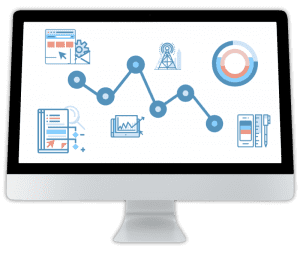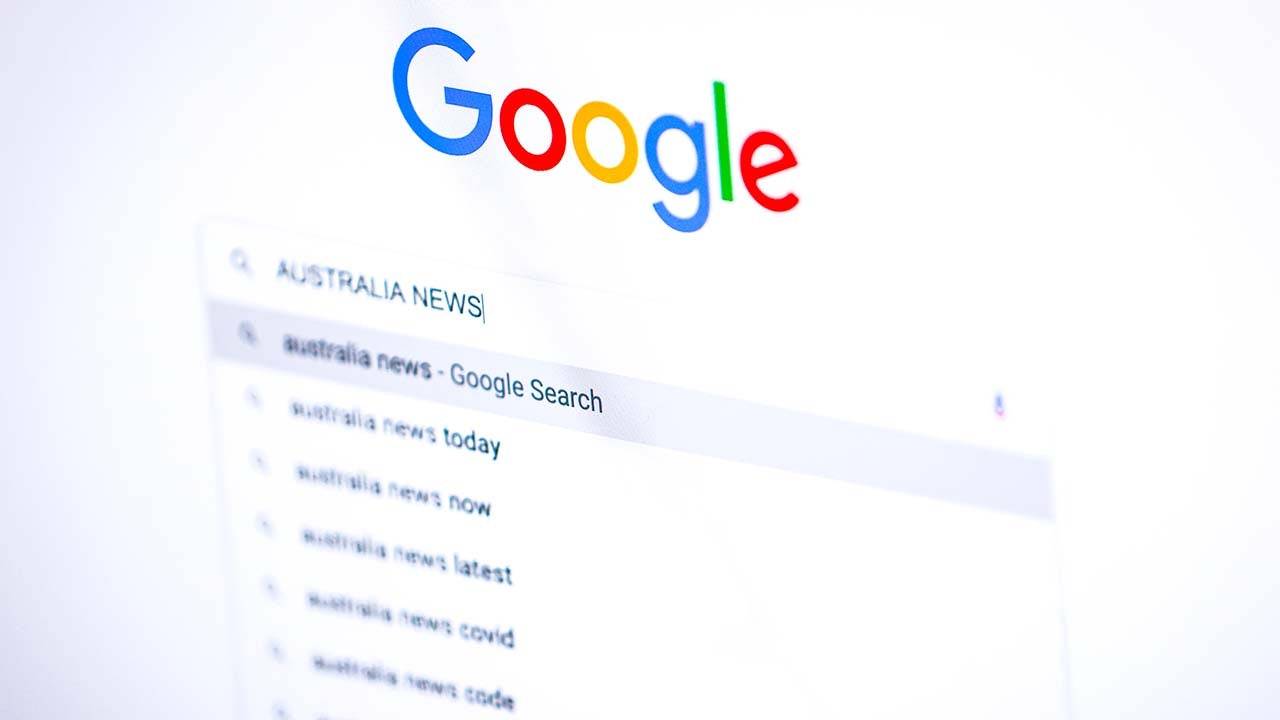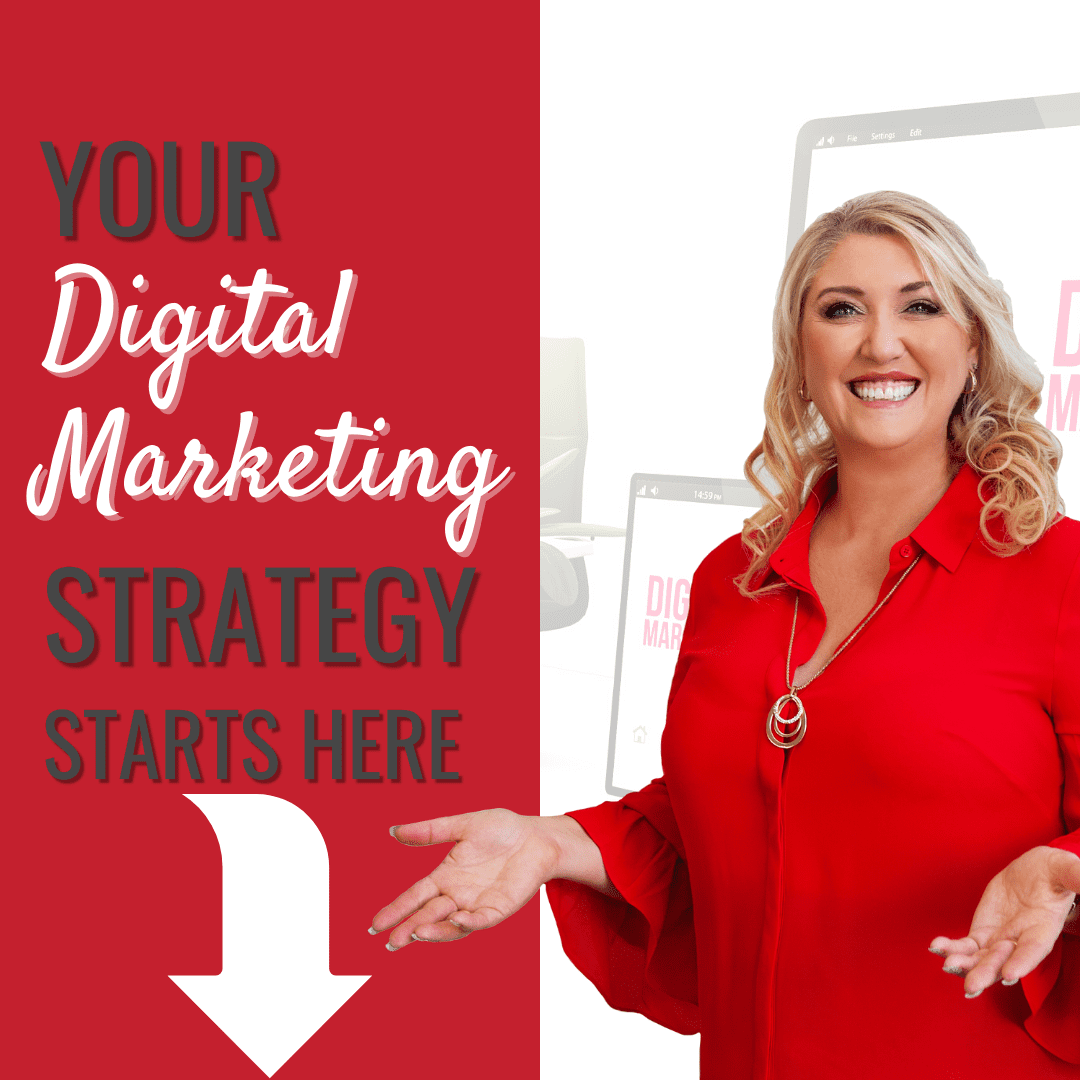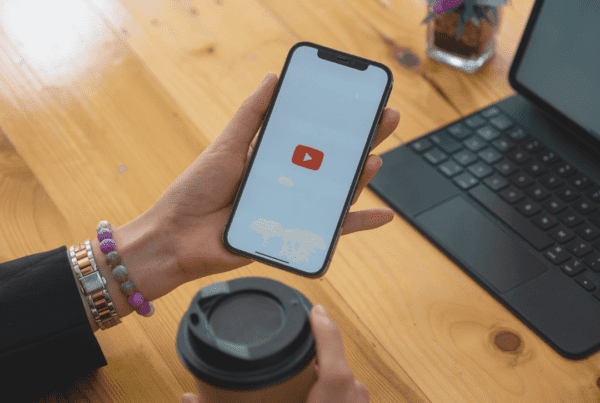How do You Apply Search Intent To Your Marketing Strategy?
TL;DR - Click here to Watch the Videos BelowGoogle now controls 92% of all internet search traffic, so how do you understand your clients search intent? Or more simply put, what is search intent? As Google relies on its Artificial Intelligence and algorithm to rank and calculate websites, search terms and the adverts we see, as humans we need to understand our clients behaviour online. Think about the term Search Intent – it is basically the intention behind whatever it is your client is searching for. Essentially people get online for four main reasons:
- To learn about something. This is often referred to as Informational Intent. Your clients is looking for information, tips or a blog that is educational and/or informative to learn a new skill or to guide them in a process. These searches contain the words “how to,” “what is,” “when did”, where is”, “why and “review”.
- To take action or do something. This is often referred to as Commercial Intent. Your client is ready to take action, whether it is buying a product something, signing up for a free service, looking for a phone number (which we ALL hope is clickable), asking directions or even downloading a template.
- To find something. Aka Navigational intent. The searcher knows what they are looking for and is using Google to find it instead of typing the URL in directly. For example, people who search for Facebook are usually looking for the Facebook website. These are branded terms, like “Alexa SEO tools” and are often URL specific.
- To buy or sell something. Aka Transactional Intent. Simply looking at the rise of Marketplace on Facebook, Shopify, eBay, Amazon. More and more we are getting online to buy ‘something’. Using keywords such as ‘buy’, ‘discount’
Understand how your clients search
 Your job as a business owner is to know what your clients will enter in the search bar when they start searching for your services. Search intent, was often referred to as keyword intent. These days with Googles A.I. it begins to look at semantics and tries to understand natural language the way a human would. So much so they take into consideration:
Your job as a business owner is to know what your clients will enter in the search bar when they start searching for your services. Search intent, was often referred to as keyword intent. These days with Googles A.I. it begins to look at semantics and tries to understand natural language the way a human would. So much so they take into consideration:
- Searcher intent.
- Query context.
- The relationships between words.
So, focusing on “a keyword” is no longer the ultimate goal when your ideal client gets onto Google or their favourite search engine. Google’s Artificial intelligence has three main algorithms – Google Hummingbird, Google RankBrain & BERT. Their job is simply to interpret your client’s search intent and give them the best results in the fastest possible time to answer their search intent.
- The Hummingbird algorithm helps Google better interpret search queries and provide results that match searcher intent (as opposed to the individual keywords within the search). While keywords continue to be important, the Hummingbird algorithm makes it possible for a page to rank for a query even if it doesn’t contain the exact words the searcher entered.
- RankBrain is a part of Google’s Hummingbird algorithm. It is a machine learning system that helps Google understand the meaning behind queries and serve best-matching search results in response to those queries. RankBrain is responsible for customising a user’s Google search results. Basically, Google goes beyond a person’s search query and takes into account the larger context, like synonyms, implied words, and personal search history.
- BERT is designed for move to Voice Search – this update uses natural language processing technology to better understand search queries then identify the relationships between entities and the question being asked. The previous updates Hummingbird and RankBrain saw the move away from keywords, and the BERT update is the culmination of these previous two as it allows Google to understand much more nuance in both queries and search results.
So, your job as a business owner? Look at your ultimate goal, for being online. Is the end goal to:
- Build authority or supply information make sure your blogs or content is educational and/or informative to assist the reader to learn a new skill or to guide them in a process i.e. Informational
- Assist your reader to take action, i.e. buying a product something, signing up for a free service, looking for a phone number also known as commercial
- Help the buying process – using keywords such as ‘buy’, ‘discount’ i.e. transactional
- Be found online with the searcher using Google to find it instead of typing the URL in directly navigational
Once you understand whether they want to buy, look for information, learn or find what you offer you can start optimising your content for search intent. Each client will look for, process, and use their search results differently based on their goal, so keeping this goal in mind is so important regardless of whether it is SEO for your website or simply digital marketing in general.
Why do Googles algorithms matter?
 Google wants to rank pages highest that fit the search term as well as the search intent of a specific search query. That’s why it’s essential to make sure your post or page fits the search intent of your audience.
Google wants to rank pages highest that fit the search term as well as the search intent of a specific search query. That’s why it’s essential to make sure your post or page fits the search intent of your audience.
- The latest algorithm updates take the entire query into account, not just the keywords.
- It takes the user, their search patterns, history and other variables into account.
- It takes into account the device type, time of day and location.
Google is actually rewarding good writing. Like never before, it is important to strive for meaningful copy. This means you should go easy on fluff words and adopt a style of writing that explains a topic or informs your reader. It is also a good idea to do your research when creating copy so you can include relevant information to help create context for your content.
How to optimise for search intent
This may sound obvious, but make sure the page associated with the keywords you are trying to rank for match the intent of the search. If you create a page to target people searching for “how to play chess,” there best be instructions on the page—you can imagine the user’s discontent if the search engine results page (SERP) only contained links to buy chess boards online. Identify a few keywords you want to target and perform searches for those terms. You can learn a lot from what Google is already displaying on the SERP (search engine results page).
What search intent bucket do the pages currently being shown on page one fall under? If they are informational, make sure your page first and foremost gives the user the information they are looking for. Include content about any related questions that a user might wonder after gathering the information. Since educational pages tend to be longer form content, make sure your page is easy to read with headlines, subheads, lists, and tables where appropriate. Just because the user is looking for something informational does not mean they won’t take action on your site, but asking the user to take action has to be secondary to matching the search intent.
If they are commercial or transactional, make it VERY clear in your title that you offer what the user is looking for. If the search intent is to find a free service and what you offer is a free, make sure that is very clear in your title and meta descriptions. Once the user lands on your site, make sure the page is navigable and you have front-and-center calls to action that allow the user to take an action. Note that search intent may change at any time, so you’ll want to revisit your key organic pages often to make sure they are still aligned with user intent.
Conclusion
So there are my tips on how to apply Search intent to your marketing strategy and search engine optimisation. Whether you have any questions or simply want to chat, drop a comment below! We offer a full range of done for you realistic, practical marketing solutions for your business that deliver results and hit the spot with your customers. You can check out what we do here.
Don’t forget to Check out our library of FREE Resources & Downloads to help you grow your business!
If you want to learn how to implement different marketing elements in your own business, I have a series of Online Digital Success courses focusing on different marketing elements. These are self-paced courses, so you don’t miss out on the learning! You can learn all about those here.
Prefer structured mentoring? I also offer a 12 week 1to1 mentoring program designed to Give You Clarity, Generate leads & STOP DROWNING IN THE OVERWHELM! There are also 2 hours Strategy Sessions available. If it’s time to get a Clear Action Plan, Digital Strategy Map & Checklists, you can check out the details here!
Regardless of what you need when it comes to online marketing, take the Leap … we are your springboard to success!
What Is Search Intent & How Do You Apply It To Your Marketing?
FAQs For Search Intent & Google Algorithm Updates
- To learn about something. This is often referred to as Informational Intent. Your clients is looking for information, tips or a blog that is educational and/or informative to learn a new skill or to guide them in a process. These searches contain the words “how to,” “what is,” “when did”, where is”, “why and “review”.
- To take action or do something. This is often referred to as Commercial Intent. Your client is ready to take action, whether it is buying a product something, signing up for a free service, looking for a phone number (which we ALL hope is clickable), asking directions or even downloading a template.
- To find something i.e. Navigational intent. The searcher knows what they are looking for and is using Google to find it instead of typing the URL in directly. For example, people who search for Facebook are usually looking for the Facebook website. These are branded terms, like “Alexa SEO tools” and are often URL specific.
- To buy or sell something. Aka Transactional Intent. Simply looking at the rise of Marketplace on Facebook, Shopify, eBay, Amazon. More and more we are getting online to buy ‘something’. Using keywords such as ‘buy’, ‘discount’
- The Hummingbird algorithm helps Google better interpret search queries and provide results that match searcher intent (as opposed to the individual keywords within the search). While keywords continue to be important, the Hummingbird algorithm makes it possible for a page to rank for a query even if it doesn’t contain the exact words the searcher entered.
- RankBrain is a part of Google’s Hummingbird algorithm. It is a machine learning system that helps Google understand the meaning behind queries and serve best-matching search results in response to those queries. RankBrain is responsible for customising a user’s Google search results. Basically, Google goes beyond a person’s search query and takes into account the larger context, like synonyms, implied words, and personal search history.
- BERT is designed for move to Voice Search – this update uses natural language processing technology to better understand search queries then identify the relationships between entities and the question being asked. The previous updates Hummingbird and RankBrain saw the move away from keywords, and the BERT update is the culmination of these previous two as it allows Google to understand much more nuance in both queries and search results.
























